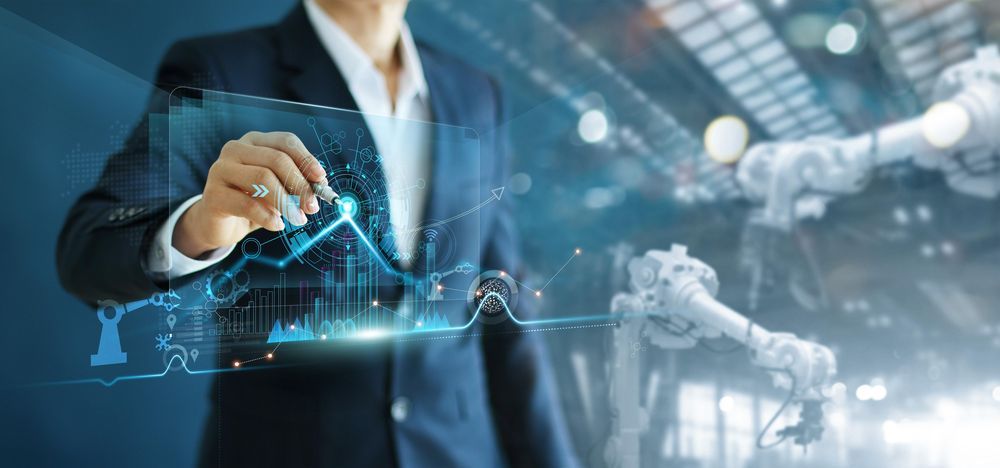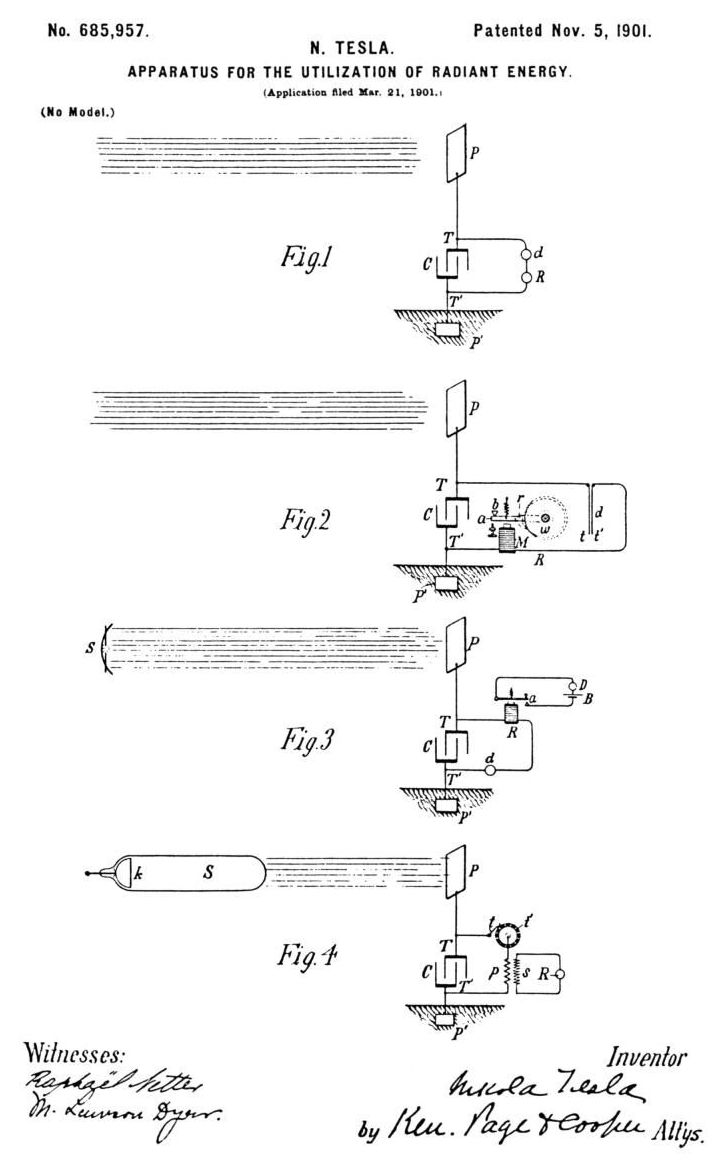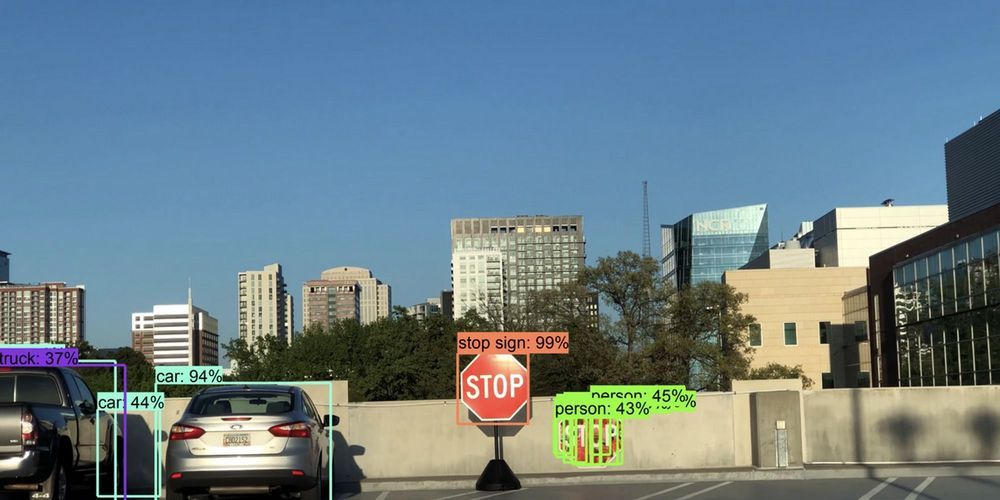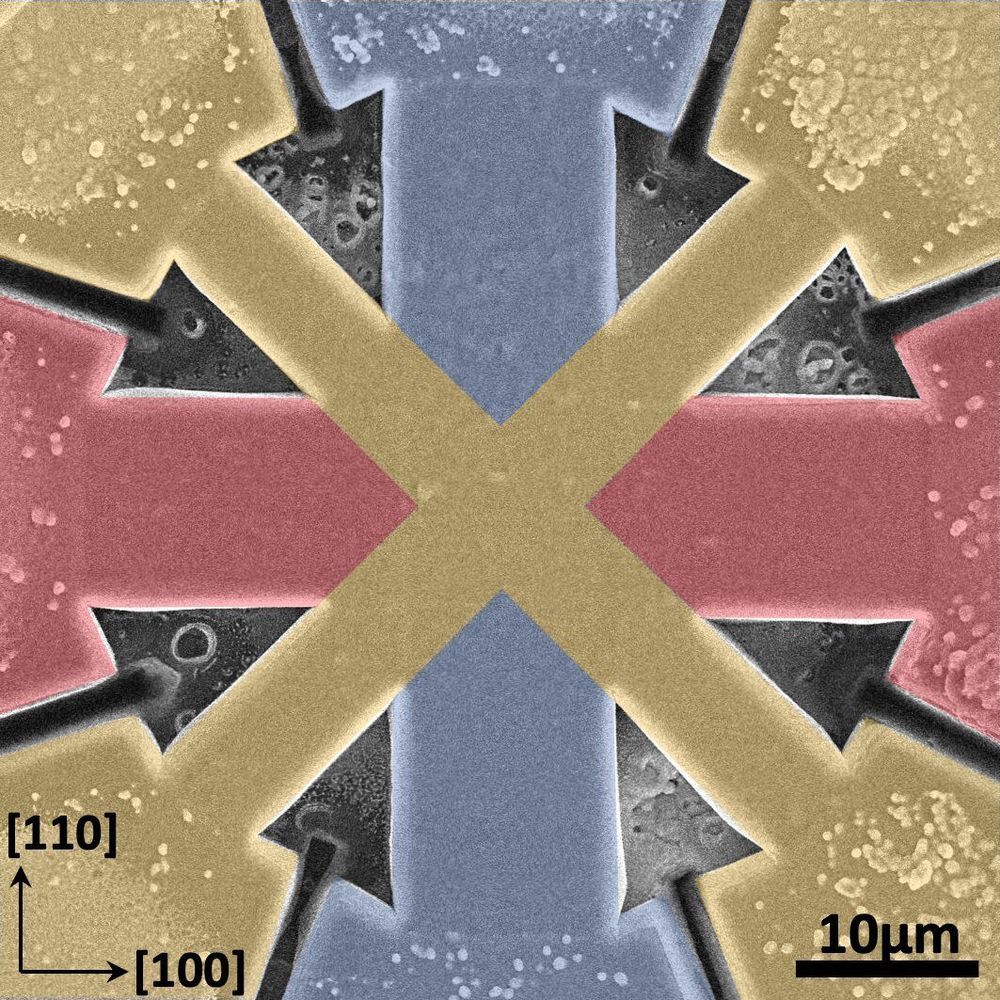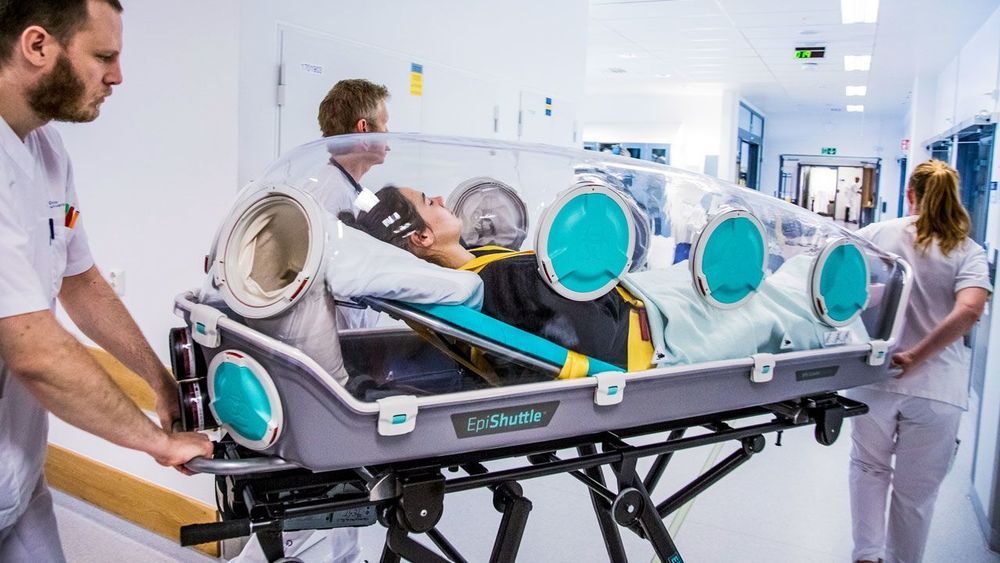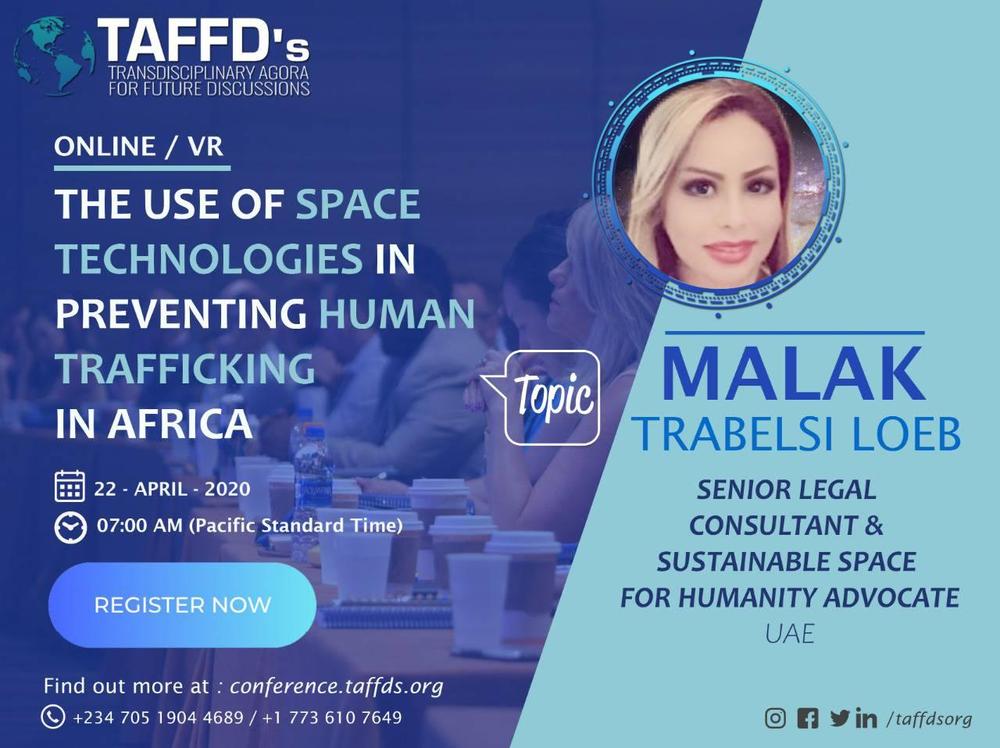Ongoing clinical trial to test the effectiveness of vitamin C infusion to help fight against Covid-19:
2019 new coronavirus (2019-nCoV) infected pneumonia, namely severe acute respiratory infection (SARI) has caused global concern and emergency. There is a lack of effective targeted antiviral drugs, and symptomatic supportive treatment is still the current main treatment for SARI.
Vitamin C is significant to human body and plays a role in reducing inflammatory response and preventing common cold. In addtion, a few studies have shown that vitamin C deficiency is related to the increased risk and severity of influenza infections.
We hypothize that Vitamin C infusion can help improve the prognosis of patients with SARI. Therefore, it is necessary to study the clinical efficacy and safety of vitamin C for the clinical management of SARI through randomized controlled trials during the current epidemic of SARI.

